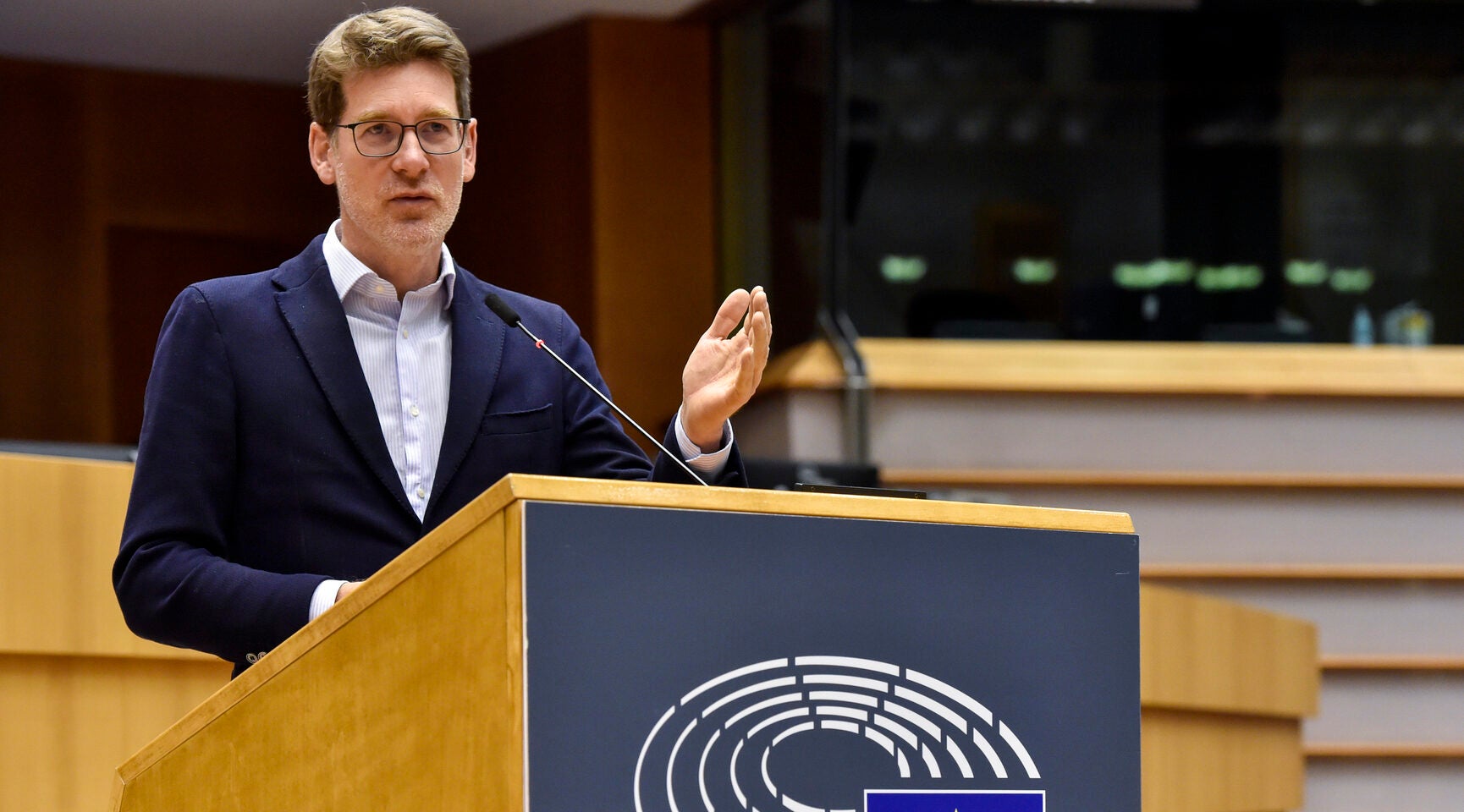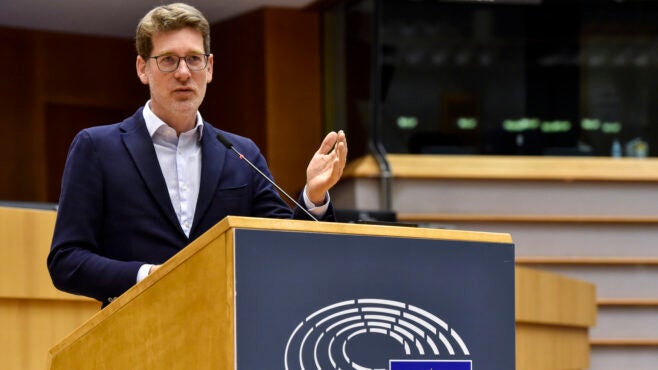
Getting as much as possible of the massive €750bn Next Generation EU post-Covid recovery fund to be spent on climate measures is the goal of Pascal Canfin, a French Member of the European Parliament. Now the fund has been approved and EU member states are drafting national plans to use the money, the chair of the Parliament’s committee on environment, public health and food safety is watching to make sure they are compatible with the fund’s green focus. A close ally of President Emmanuel Macron, Canfin is particularly watching how French spending plans develop.

Why should the recovery from Covid-19 also be a green recovery?
There were a few voices – not many I would say – coming from the business community at the start of the pandemic saying we should de-prioritise the green deal and focus on a traditional response. My response to those voices was to initiate the ‘green recovery alliance’.

Discover B2B Marketing That Performs
Combine business intelligence and editorial excellence to reach engaged professionals across 36 leading media platforms.
Why should the recovery be green? The answer is simple. At the heart of the shock coming from Covid-19 is the realisation that we thought we were resilient, and we were not. The vulnerability of our societies to an external shock was underestimated. Everybody can see that besides the health shock, the next big external shock we might have is the environmental one. Look at what happened recently in Texas, one of the richest parts of the world. You have a cold snap and everything is down.
With the €750bn European recovery facility we are going to inject tons of money. Saying that now and for the next three years we invest in the traditional economy and then in five years time we put the same amount of money in the green economy will not work. That is why from the beginning of the crisis I pushed for a two-pronged approach: saving and transforming. We need to inject money to save companies from going bankrupt. At the same time we need to transform to a new type of economy.
The green deal has not been derailed because of this crisis. On the contrary.
Has the pandemic brought down energy use, and will the EU’s climate and energy targets therefore need to be revised?
There is an obvious short-term effect due to the closing of borders and other lockdown measures, but to be honest I think that will be only temporary. When it comes to aviation traffic, that is definitely temporary. We need to keep working on structural reforms, we cannot just rely on 10% fewer emissions last year to say ‘OK, it is solved”. We need to keep working on reforms.

US Tariffs are shifting - will you react or anticipate?
Don’t let policy changes catch you off guard. Stay proactive with real-time data and expert analysis.
By GlobalDataI do not think the targets need to be revised. Some say it is more difficult [to meet them] because the economic context is more fragile. Others say we should go beyond what we negotiated because we have already decreased [emissions] over the past year. We should stick to what we negotiated because it is in our interest in the medium term. I do not see any real appetite from any side to re-evaluate this.
How can the infusion of cash from the recovery fund further EU energy and climate goals?
First, we have an overall principle called ‘do no harm’, meaning zero money from the €750bn recovery facility should finance projects that are harmful to the environment or the climate.
Secondly, member states will submit national plans to the European Commission by April, and in those they have to ring-fence 37% of funding for climate solutions. This can go to energy efficiency projects, cycling lanes or bonuses for electric vehicles (EVs), for instance.
We failed ten years ago to connect the climate crisis with economic recovery, but this time we managed it.
Almost €250bn will be invested in the green transition in the next two years. That will be the largest green investment shot ever. We can be proud of this plan, but now we need to do the work on the ground.
National governments will decide much of this spending. How is the French recovery fund being designed and how green will it be?
The French recovery fund is designed with €100bn, out of which €30bn is green. France will receive €40bn of that from the EU recovery facility. That means France will exceed the 37% and spend more like 40–50% of the money from the EU on climate action.
The UN Environment Programme emissions gap report found France had the best recovery of any country after South Korea. Of course, now we are waiting for the US fund. That will be a game changer. However, I think the French recovery plan will be in the top five of the greenest plans globally.
The French plan has massive support for speeding up the switch from diesel to plug-in hybrids and EVs. There is also investment in hydrogen, in trains – both high speed and local – and a big pot of money for housing renovation.
What metrics can we use to measure if the Covid-19 recovery really is green ?
The first metric is what we call the taxonomy. We are going to agree on a single metric, a single definition of what is green, what is harmful, and what is useful for the transition, that will have to be used by member states for any monitoring processes.
The taxonomy will give a real boost to green finance from the financial markets. Today, when you are an investor in Sweden and you want to invest in green assets in Spain, the definition of what is green in Spain is different from that in Sweden. That makes things difficult. With this new taxonomy we will improve the single market for green financing.
The first thing that needs to be assessed is: have we complied with the 37% ring fence and the do no harm principle? That is an assessment that will be done in the coming months after member states submit recovery plans to the Commission. They will then need to deliver on their investments over the next two to three years.
For the effectiveness of the investment, the only metric I know is how far it leads us down the road to net zero. If it works, it will have a big impact on greenhouse gas emissions and put us on a trajectory to meet our Paris Agreement commitments.
Related content:
- European Covid recovery so far failing to ‘build back better’
- UK government falters in delivering green recovery
- Can Italy marry clean energy and economic prosperity?
- France and Spain best in class for green Covid recovery
- Poland sows the seeds of a post-Covid future beyond coal
- How Germany plans to build on Covid-induced emissions dip\
- Can Latin America’s energy transition weather the pandemic?
Energy Monitor is running a special series of analyses of post-Covid-19 climate and energy-related spend and policies, to determine whether countries really are building back better.





